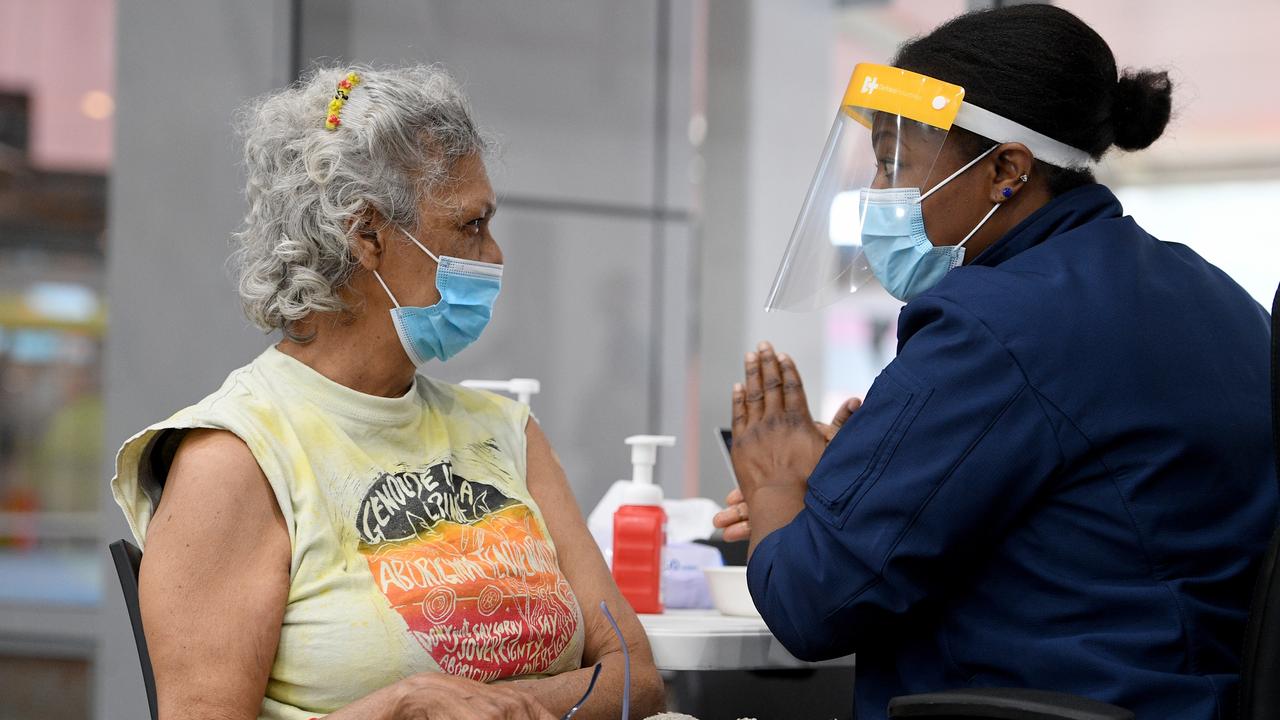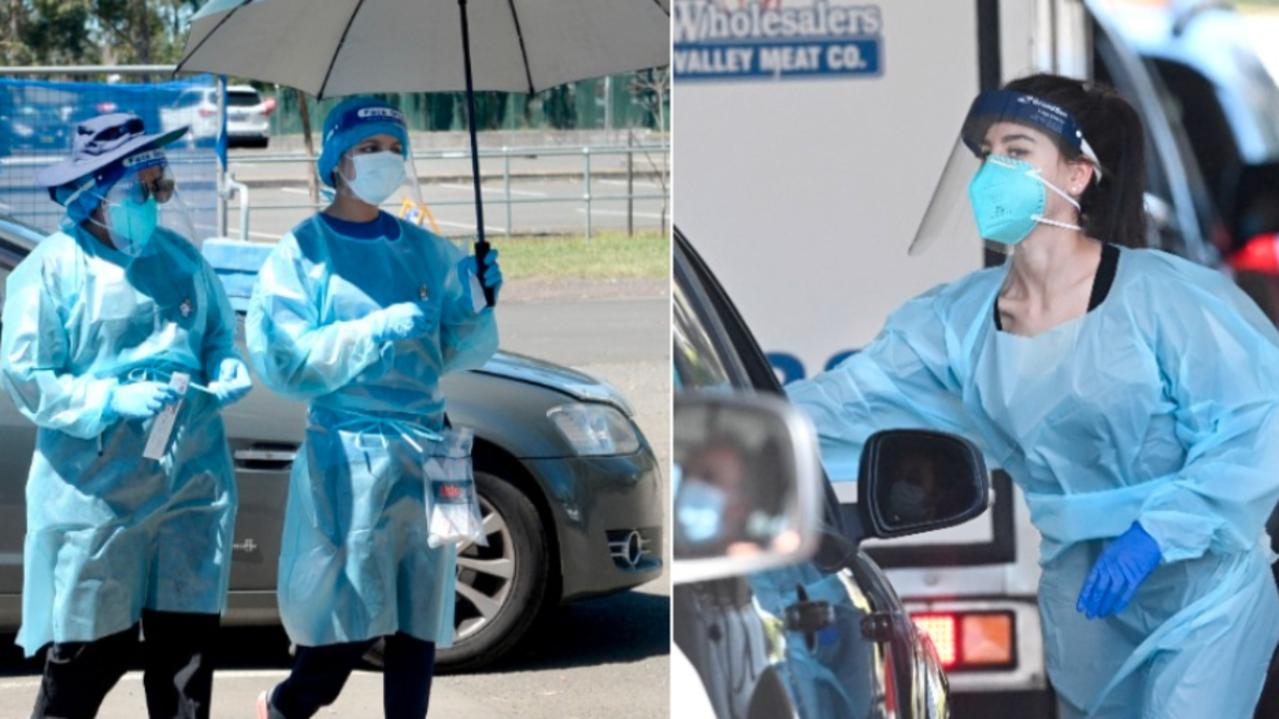The oldest church in Dee Why stands proud for the local community
IT’S the oldest church in Dee Why and in five years will celebrate its centenary.

Nth Beaches
Don't miss out on the headlines from Nth Beaches. Followed categories will be added to My News.
- Buildings in the bush were just for show
- The master mariner who was a leading light behind the leading lineFrench folly and a quick quid when ship ran aground at Manly
- Birth of a suburb took two days to sell
IT’S the oldest church in Dee Why and in five years will celebrate its centenary.
But the small brick church on the corner of Howard Ave and Avon Rd built in 1921 was actually the second Methodist church at Dee Why, the first of which was opened in 1918.
And Methodist services had been held at Dee Why as early as 1917.

The Methodist Church had its origins on the peninsula when a chapel was built at Church Point in 1872 that the Wesleyan Church authorities included in their St Leonards Circuit.
In 1876 the Wesleyan Church Extension Society bought land in Manly, although it was not until late 1886 that construction began on a timber school-church, which was officially opened in February 1887.

Methodist services and churches were built at Brookvale in the 1890s and at Balgowlah and Mona Vale in the early 1900s but it was not until 1917 that Methodist services were commenced at Frenchs Forest and Dee Why.
At Dee Why, the first Methodist services were held in the home of David and Priscilla Broadbent.
Four years later, the weekly newspaper The Methodist published a long article about the origins of Methodism at Dee Why.

“Every city began with a camp fire and Methodism had its beginnings (at Dee Why) in the hearts and home of Mr and Mrs Broadbent, who, soon after settling at Dee Why, went in to Brookvale to hear an old friend preach, in the person of Rev H.C. Foreman.
“Next day, Mr Foreman visited them and the fine big verandah suggested to his mind the possibility of holding services thereon.
To this, Mrs Broadbent readily consented. But the war called Mr Foreman away and the services had not eventuated.

“The Anglicans tried to get the use of the verandah with no little persistence but Mr and Mrs Broadbent chose to first ascertain what their own church meant to do.
“The result was that the (Manly) Quarterly Meeting accepted the offer and on Sunday, November 25, 1917, the first service was held.
“The Rev R.H. Campbell was the preacher and the only Methodists in the district, Mr and Mrs Broadbent, were the congregation.”
The following year, a block of land in Oaks Ave with a weatherboard cottage on it was purchased for less than £50.
The interior walls in the cottage were removed to create a church hall that could accommodate 60 people and was officially opened on October 5, 1918.
Within a year, however, the Dee Why Methodists were looking for a larger, purpose-built church, for which land was bought on the corner of Howard Ave and Avon Rd.
The foundation stones of the new church were laid on Saturday, January 15, 1921, by which time £400 of the required £1400 cost of building it had been raised.

The two foundation stones were laid by Priscilla Broadbent, who with her husband David had hosted the first services of the Methodists at Dee Why, and Mary Waterhouse, whose husband Gustavus was a prominent figure in the Methodist Church in Australia, as his father and grandfather had also been.
The new church at Dee Why, which was included in the Manly Circuit of the Methodist Church, was officially opened on Saturday, April 9, by Rev Henry Howard.
But while the resident Methodist community at Dee Why was small, the new church acted as a beacon for visitors to Dee Why, including those of other denominations.
And eventually the congregation of visitors became one of permanent residents as Dee Why and surrounding suburbs developed.
And Methodism changed too – in June 1977, the Methodist Church of Australasia, the Presbyterian Church of Australia and the Congregational Union of Australia joined to become the Uniting Church.

Now the former Methodist Church at the corner of Howard Ave and Avon Rd is known as the Cecil Gribble Tongan Congregation of the Uniting Church, named in honour of Cecil Gribble, a prominent national and international leader and missionary of the Methodist Church whose first ministerial appointment after graduating from Melbourne’s Queen’s College was in Central Australia, followed by postings to Victorian and Tasmania, and then in 1939 to Tonga, where he was appointed Tonga’s director of education by Queen Salote.
Mr Gribble returned to Australia in 1946 and appointed assistant general secretary of Methodist Overseas Missions and from 1949 to 1972 was general secretary, although he regularly returned to Tonga.
Following World War II, Mr Gribble could see that the future of the Methodist Church in Papua New Guinea and the Pacific was to allow the local churches to be autonomous and self-governing.
For five years Mr Gribble was the vice-president of the World Methodist Council and represented the Methodist Church of Australia at numerous international conferences and councils.
Mr Gribble settled at Dee Why, which was fitting given the size of the Tongan community there, but died in 1995 while in Taiwan.
He was buried in Tonga.


